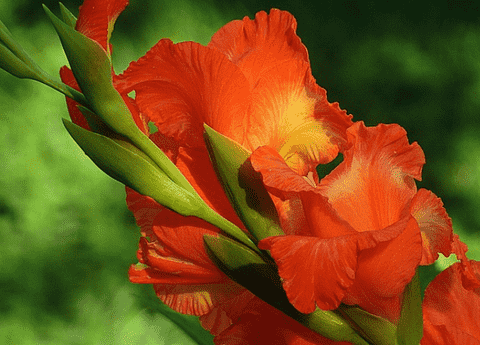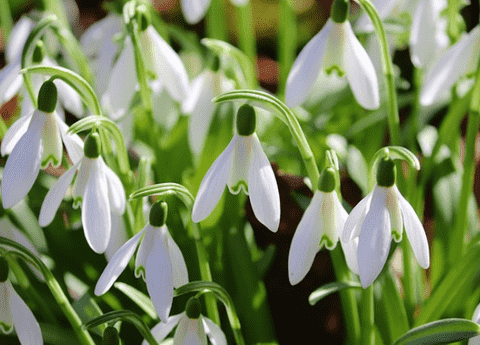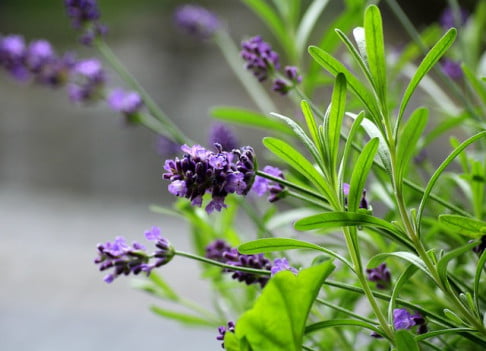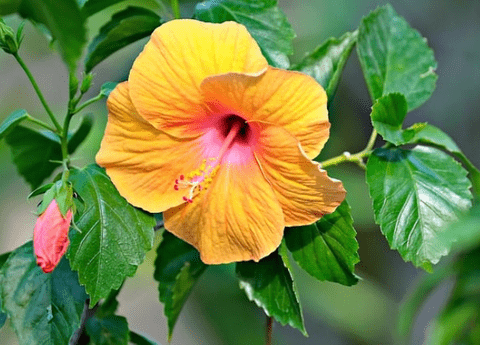Ultimate Guide to Grow Gladiolu: Tips for Stunning Blooms
Table of Contents
Growing gladiolus can be a rewarding endeavor for any gardening enthusiast, bringing striking vertical blooms to your garden and adding vibrant color to your landscape. Known for their tall flower spikes and dazzling array of colors, gladiolus is a favorite among home gardeners and flower lovers alike. In this ultimate guide, we will delve into essential tips for growing and caring for gladiolus, from selecting the right gladiolus bulbs to mastering the art of planting and maintaining these stunning flowers. By following these flower gardening tips, you’ll be well on your way to cultivating a breathtaking display of gladiolus in your own garden.
Introduction to Gladiolus
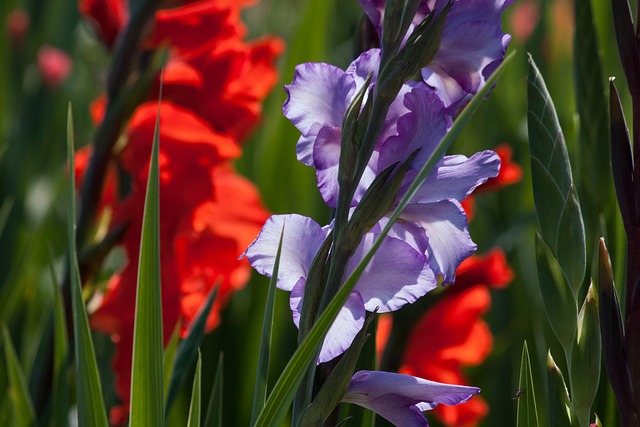
Why Grow Gladiolus?
Gladiolus are more than just beautiful flowers; they offer several compelling reasons to be a part of your garden. First, their vertical growth habit makes them ideal for adding height and structure to your flower beds. Additionally, gladiolus comes in a wide range of colors, from vibrant reds and pinks to soft pastels and whites, allowing for versatile garden design. They are also known for their long-lasting blooms, which can brighten your garden through much of the summer season. Moreover, gladiolus bulbs are relatively easy to plant and care for, making them a great choice even for novice gardeners. Finally, these flowers are excellent for cut flower arrangements, adding a touch of elegance to any indoor setting. With so many benefits, it’s clear why growing gladiolus can be a rewarding experience for any gardening enthusiast.
Benefits of Gladiolus Blooms
Gladiolus blooms are celebrated not just for their stunning appearance but also for their versatility and ease of maintenance. One major benefit is their extended blooming period, which ensures your garden remains vibrant for weeks. These flowers also attract pollinators such as bees and butterflies, contributing to a healthier garden ecosystem. Another advantage is their low-maintenance nature; once planted, gladiolus bulbs require minimal care, making them suitable for gardeners of all skill levels. Furthermore, the flowers are perfect for creating eye-catching floral arrangements, whether for special occasions or everyday decor. Their tall, elegant spikes add a dramatic flair to any bouquet. Lastly, gladiolus blooms are hardy and can adapt to various soil types, provided they receive adequate sunlight and drainage. These benefits make gladiolus a valuable addition to any garden, offering beauty and practicality in equal measure.
Planting Gladiolus Bulbs
Choosing the Right Gladiolus Bulbs
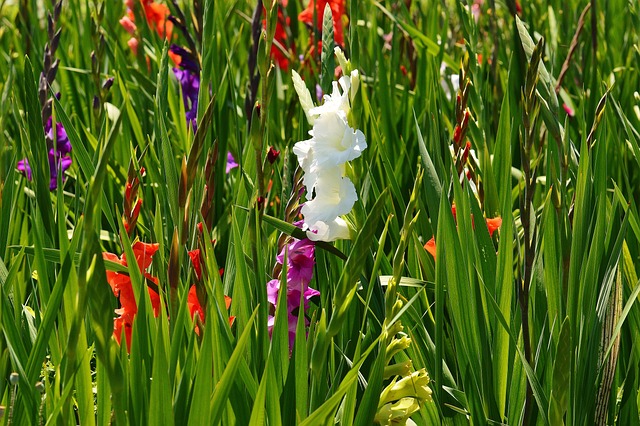
Selecting the right gladiolus bulbs is the first step toward a successful planting season. Start by choosing bulbs that are firm to the touch and free of mold or soft spots, which can indicate rot. The size of the bulb matters; larger bulbs generally produce stronger plants and more impressive blooms. Aim for bulbs that are at least 1 inch in diameter for the best results. Additionally, consider the variety of gladiolus you want to grow. There are numerous cultivars available, offering a range of colors and bloom sizes. Choose varieties that are well-adapted to your local climate and soil conditions. It’s also a good idea to buy your bulbs from reputable suppliers to ensure they are disease-free and of high quality. By paying attention to these details, you can set the stage for a vibrant and healthy gladiolus display in your garden.
Preparing the Soil for Gladiolus
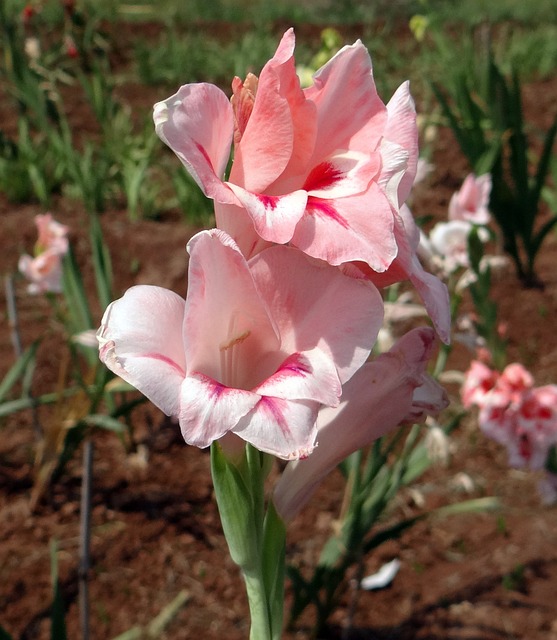
Proper soil preparation is crucial for the successful growth of gladiolus bulbs. Start by selecting a planting site that receives full sun, as gladiolus thrives in bright light. The soil should be well-draining to avoid waterlogging, which can cause bulb rot. Loamy or sandy soils are ideal, but if your soil is heavy clay, consider amending it with compost or sand to improve drainage. Before planting, till the soil to a depth of about 12 inches to ensure it is loose and easy for the bulbs to penetrate. Adding organic matter, such as compost or well-rotted manure, can enrich the soil and provide essential nutrients. It’s also beneficial to test the soil pH, aiming for a slightly acidic to neutral range (6.0 to 7.0). By taking these steps to prepare your soil, you create an optimal environment for your gladiolus bulbs to flourish.
Planting Gladiolus for Optimal Growth
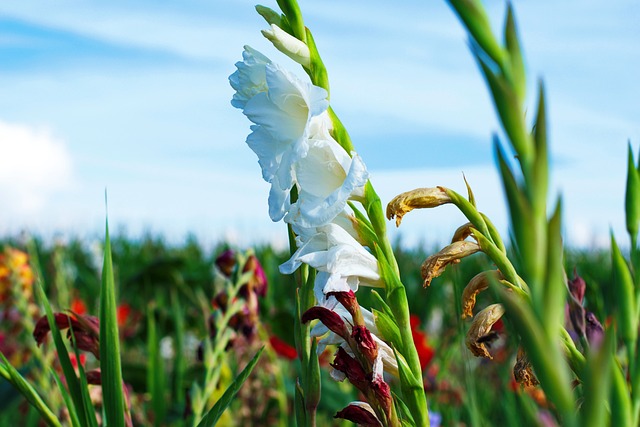
For optimal growth, timing and technique are essential when planting gladiolus bulbs. Plant the bulbs in the spring, after the last frost date, when the soil has warmed to at least 55°F. Dig holes about 4 inches deep and space them 6 to 8 inches apart to allow for adequate air circulation and room for growth. Put the bulbs in the holes with the pointed end facing upward. Cover them with soil and water thoroughly to help them settle in. For continuous blooms throughout the summer, consider staggering your planting every two weeks until early summer. This method ensures a succession of flowering spikes. Additionally, applying a balanced fertilizer at the time of planting can support healthy growth. By following these steps, you create the ideal conditions for your gladiolus to thrive, producing tall, vibrant flower spikes that will enhance your garden’s beauty.
Care for Gladiolus
Watering and Feeding Gladiolus
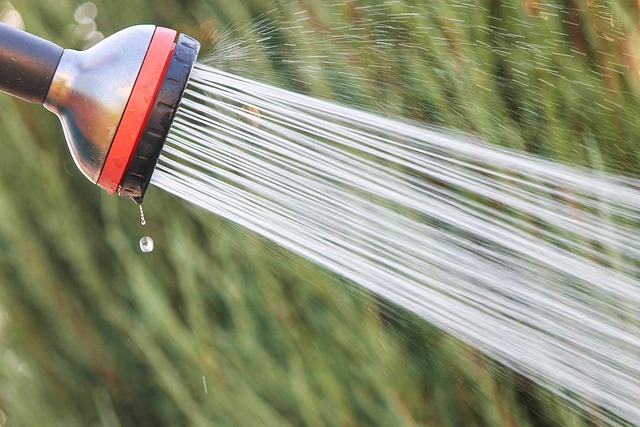
Proper watering and feeding are key to maintaining healthy gladiolus plants. Gladiolus require consistent moisture, especially during their growing season. Water the plants thoroughly once a week, making sure the soil stays moist without becoming waterlogged. During hot or dry spells, you may need to increase the frequency of watering. To prevent fungal diseases, water plants at their base instead of wetting the foliage.
Feeding your gladiolus is equally important. Apply a balanced, water-soluble fertilizer every 2 to 4 weeks during the growing season. A fertilizer with equal parts nitrogen, phosphorus, and potassium (such as a 10-10-10 mix) will support robust growth and vibrant blooms. Avoid over-fertilizing, as excess nutrients can lead to weak stems and fewer flowers. By adhering to these watering and feeding guidelines, you can ensure your gladiolus plants remain healthy and produce stunning blooms throughout the season.
Protecting Gladiolus from Pests
Gladiolus are susceptible to various pests, but with proactive care, you can keep your plants healthy. Usual pests involve spider mites, thrips, and aphids. Thrips are tiny insects that can cause discoloration and deformities in the flowers and foliage. To control them, inspect your plants regularly and remove any affected parts. Insecticidal soaps or neem oil can be effective solutions as well.
Aphids are another common problem, often found on the undersides of leaves. They can be managed by spraying the plants with a strong stream of water to dislodge them or using insecticidal soap. Spider mites thrive in hot, dry conditions and cause stippling on the leaves. Regular watering and maintaining proper humidity can help keep them away.
Additionally, practicing good garden hygiene, like removing debris and dead plant material, can reduce pest habitats. By staying vigilant and using these control methods, you can protect your gladiolus from common pests and ensure healthy, vibrant blooms.
Seasonal Care for Gladiolus
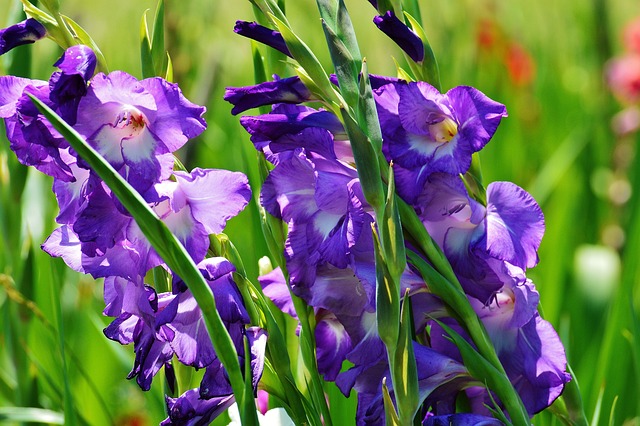
Seasonal care is crucial for keeping gladiolus healthy year-round. In the spring, begin by planting your gladiolus bulbs after the last frost. Monitor the emerging shoots and ensure they are well-watered and protected from late frosts. During the summer growing season, maintain consistent watering and apply a balanced fertilizer every few weeks to support robust growth and flowering.
As blooms begin to fade, deadhead spent flowers to encourage further blooming and prevent seed formation. In the fall, after the first frost has blackened the foliage, it’s time to prepare your gladiolus for winter. Carefully dig up the corms, trim the foliage to about an inch, and let the corms dry in a cool, airy place. Once dried, store them in a paper bag or mesh sack in a cool, dry location until the next planting season.
By following these seasonal care tips, you can ensure that your gladiolus remains healthy and ready to grace your garden with beautiful blooms year after year.

